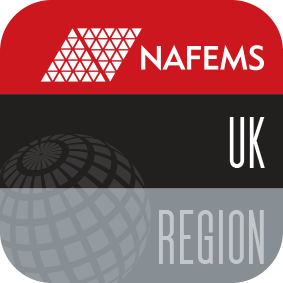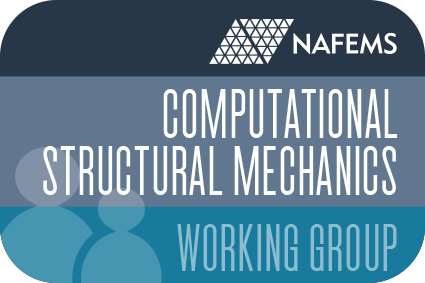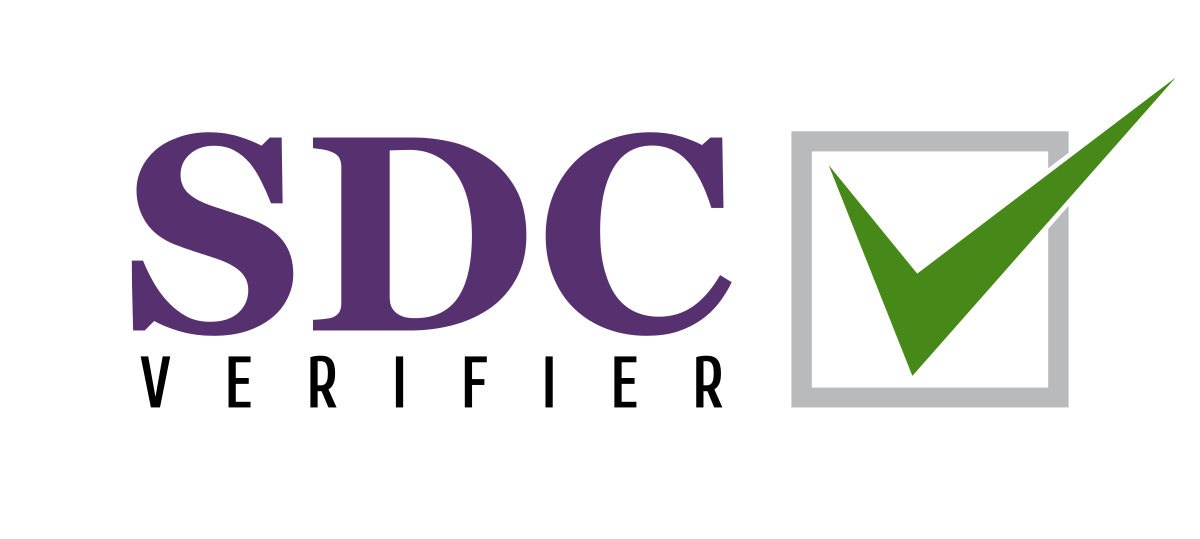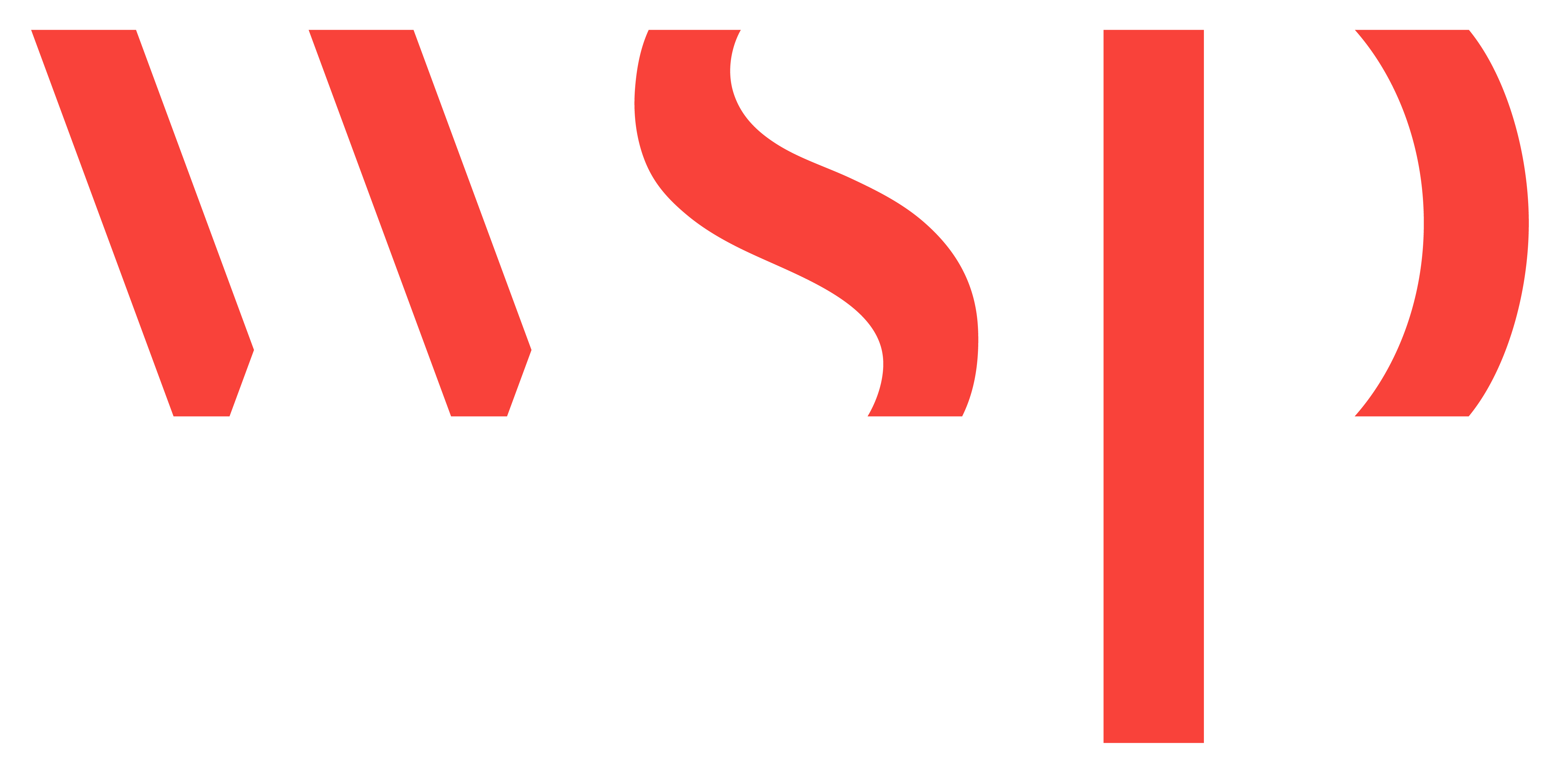Simulation Supporting Certification
Is your simulation robust enough to be certified?
Date: 22nd - 23rd June 2021
Format: Two, 3-4-hour Sessions
Location: Online International Seminar
Time: 13:00 BST (London) / 14:00 CEST (Berlin) /
05:00 PDT (Los Angeles) / 08:00 EDT (New York)
Overview
Simulation is used for design and development in a large range of industries, including safety-critical applications covering civil engineering, medical devices, military, nuclear, automotive and aerospace. These industries have rigorous processes to certify the component, vehicle, system, etc., before they can be used. This would typically involve an extensive testing programme. Many products also need some form of 3rd party approval before they can be sold or marketed. Alternatively the manufacturer is required to self-certify and if necessary demonstrate it has met the requirements if challenged (in court!). These testing programmes are generally time-consuming and costly. In addition some level of re-testing will usually be required for design revisions.
The certification requirements and associated test methods were often created when simulation tools either did not exist or were not mature enough to meet those requirements. Overall simulation capability, computer power and model fidelity has improved over the years and there is now an increasing opportunities to use simulations to perform some or all of the tests that support certification. A number of sectors are or are exploring the possibility of using simulation to replace, reduce or supplement the required physical tests. It is argued that the correct use of a combination of fully validated appropriate simulations and physical test could lead to better, faster and more efficient certifications. This should help industry to reduce costs, time to market and simplify the process for small design changes.
To achieve this goal and to deliver the benefits of using simulation requires the simulation community to give the assessor or regulator at least equivalent confidence in the evidence that is being provided from the simulation in comparison to the physical test. Many areas need to be addressed and questions answered including:
- How do we decide what can robustly and repeatedly be tested using simulation?
- How do we ensure the simulation tool is reliable and is always used appropriately?
- How can we build confidence in the certification community that simulation is robust and reliable?
- How do we combine simulation and physical testing to enable a credible certification approach?
- How can simulation robustly assess these options when it is not possible to do physical tests for every conceivable combination?
- Can simulation be reliably used to determine the worst cases; thereby focusing the physically testing on the high risk combinations and reduced wasted effort?
The NAFEMS event aimed to:
- Ask experts to share the state of the art in the use of simulation within certification processes across different sectors;
- Bring together the simulation and certification communities from a number of different sectors;
- Compare the challenges and requirements in different industries;
- Provide a forum for cross-fertilisation of ideas so that best practice approaches can be developed and adopted.
Through a series of presentations and breakout sessions a number of topics will be addressed include gaining confidence in simulation accuracy, model validation, sensitivity and uncertainty, and communicating simulation results to certification bodies effectively.
The event was aimed at engineers and team managers in industries that require certification who believe that their processes could benefit from the use of simulation.
Agenda
Tuesday, 22nd June
13:00
Chairman's Introduction & Welcome
Modelling & Simulation in Support of Certification – Opportunities and Challenges
Wim Doeland, European Aviation Safety Agency
Model Verification and Validation as a Framework for Product Certification
Mahmood Tabaddor, Underwriters Laboratories, LLC
The Regulatory Perspective
Ross Hughes, VCA
Why Uncertainty Makes Certification More Reliable
Louise Wright, NPL
Breakout Discussion Sessions
Simulation and Validation of the Seismic Response of AGR Cores
Jon Gittoes, Atkins
Regulatory Applications of Modeling & Simulation in Medical Devices: Successes and Future Opportunities
Mark Palmer, Medtronic
Open Discussion Session
17:00
Close
Wednesday, 23rd June
13:00
Chairman's Introduction & Round Up of Day 1
Report on UNECE VMAD Program for use of Simulation for Certification
Barnaby Simkin, NVIDIA
Work to Allow the use of CFD to Replace Some Wind Tunnel Tests for A UN Regulation
Sean Morris, Vehicle Certification Agency
Using Simulation to Support safety Certification of Ships and Submarines
Phil Redhead, Ministry of Defence
Qualification of the Inter-stage 1/2 Structure of the Vega-C Launch Vehicle by Simulation
Javad Fatemi, Airbus Defence and Space
Certification and Validation for the FEA Models in the Oil and Gas Industry
Oleg Ishchuk, SDC Verifier
Certification and CFD for the Build Environment
Joshua Millar, WSP
Open Discussion Session & Closing Remarks
16:00
Close
Event Format
Each day will last approximately 3 hours and there will be plenty of opportunity for you to get involved and have your say with virtual breakout discussions.
To learn a bit more about what you can expect, watch the video below.








